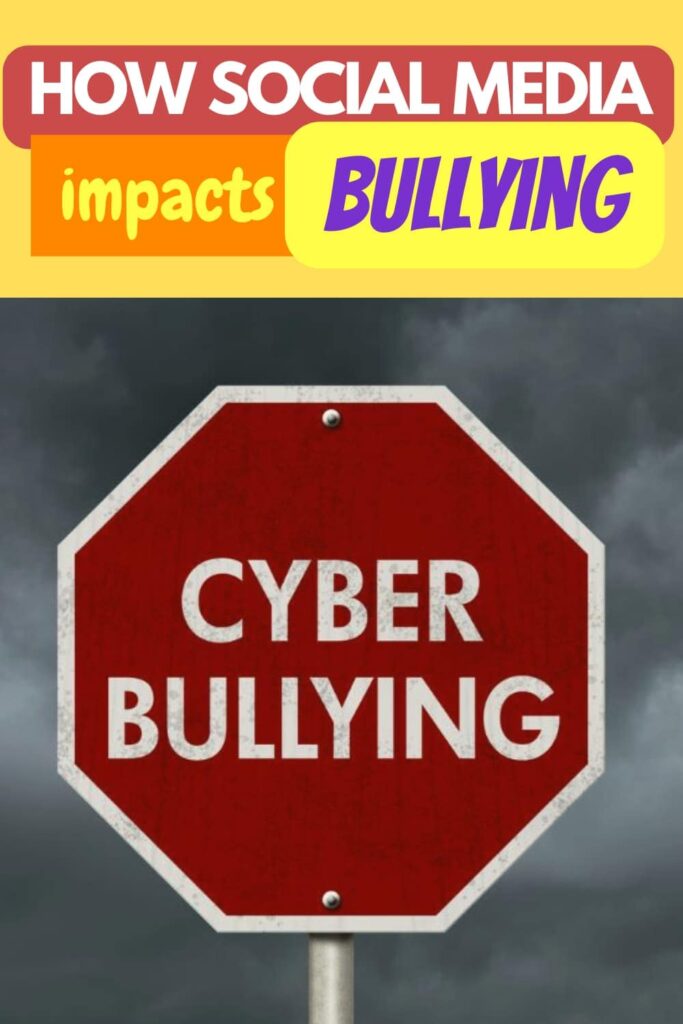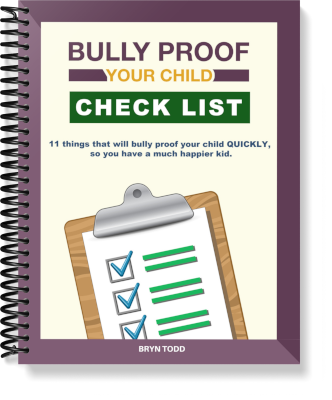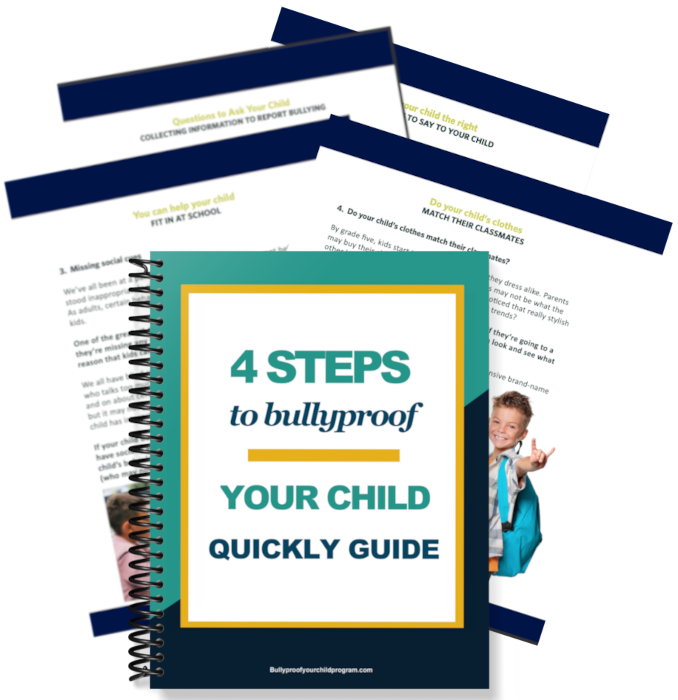
Understanding bullying
Bullying is an aggressive action done to intentionally harm someone. It creates a dangerous power shift between the bully and their victim, where the latter repeatedly experiences physical, emotional, or psychological trauma. It takes several forms, including:
1. Physical bullying
Intimidating or harming the victim using physical force.
2. Verbal bullying
Using words to cause humiliation and hurt the victim.
3. Physical bullying
Intimidating or harming the victim using physical force.
4. Social bullying
Intentionally singling out or avoiding a person to exclude them from groups or social situations; may also appear as a person spreading hurtful rumors and gossip about the victim.
5. Cyberbullying
Using social media and other digital devices to threaten a victim with embarrassing photos or videos, hurtful rumours, or threatening messages.
Moreover, cyberbullies are sometimes anonymous. That is why some of their victims may not know who is intentionally hurting them.
It is important to understand that bullying is always done with the intent to harm another person. It causes severe and long-lasting consequences to the victim. They may have anxiety and depression and experience suicide ideation. Some even try to commit suicide.
Bullying also affects the aggressor. They may become socially isolated and experience problems maintaining relationships. They are also at greater risk of committing criminal acts.
That is why we must understand bullying and its impacts on the bully and the victim. Learning how to identify the action and its effects will also help us find a way to address the bullying problems in our communities and prevent them.
Social Media: A New Platform for Bullying
Social media has become a fundamental part of our lives in recent years. It forges and keeps a connection with our loved ones across the globe. Unfortunately, it has also become a platform used to intentionally hurt others. And here are some ways social media has enabled this action.
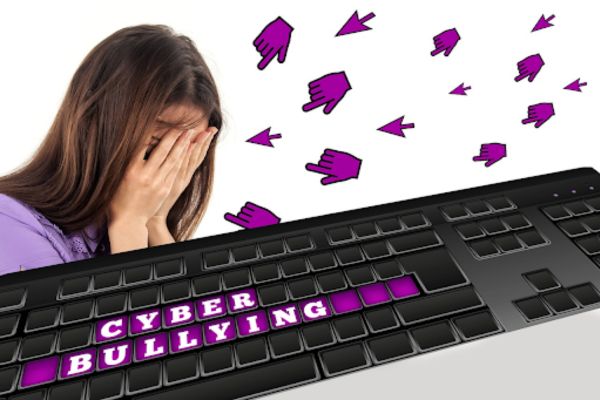
Cyberbullying
Cyberbullying is using electronic means, like social media platforms, to bully someone.
In recent years, Facebook, Twitter, Instagram, and TikTok have become proliferated with bullies. They use these platforms to spread hateful rumors, send aggressive and threatening messages, or even share private and embarrassing photos.
Trolling
Another form of online bullying is trolling.
This refers to posting hurtful or off-topic messages to provoke others. Often, trolls are very persistent in their intent to harass or bully another person. Moreover, trolls often use a fake persona to hide their identities to avoid getting caught.
Doxxing
Doxxing is publishing another person’s private information without their knowledge or consent. This act may make the victim feel exposed, vulnerable, and unsafe.
Although doxing seems more of a privacy breach act, it can still be a form of bullying. This action can be used to intimidate and hurt another person.
Social media lets us forge meaningful connections more easily. But it also allows bullies to find their targets easier, too. It’s important that we educate ourselves on how to protect ourselves and our loved ones online.
- Block and report bullies.
- Avoid giving out personal information online.
- Be mindful of the words you use online.
Social media is a powerful tool that can be used for good and to help others, but it can also be twisted to harm people.
The Emotional Impact of Online Bullying
The anonymity and distance offered by social media platforms have made bullies more disrespectful in how they present themselves online. That is why it is easier for them to say hurtful words, spread rumors, and threaten others. Unfortunately, these actions also have severe emotional impacts on its victims.
One of these effects is loneliness and isolation. These acts can make the bullied feel like the world is against them. It feels like no one can and will listen to or understand what they are experiencing.
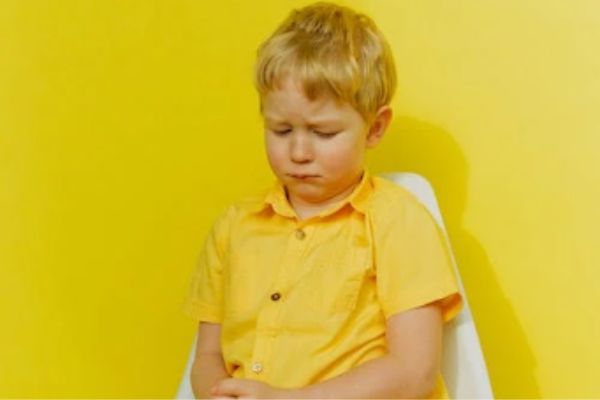
Anxiety and depression are also emotional impacts of online bullying. As the bullied constantly receives and reads negative and hateful comments, it will wear them out. This leads to increased self-doubt, causing the affected to question their worth, confidence, and self-esteem.
Thoughts of self-harm and suicide are the most pressing and dangerous impacts of online bullying. These thoughts may also come from anxiety, depression, and isolation. So, always seek help if you or someone you know is harassed online.
Being bullied is neither your child’s fault or what they deserve. So, report and block the online bullies on the platform. Then, contact a trusted friend or family member for support. Or seek professional help when these options are unavailable or not enough.
Finding professional help is necessary. And remember that there will always be people around you who care and support you.
Role of Anonymity in Online Bullying
One of the reasons for the increase in online bullying is anonymity.
This BBC article explains that this sense of invisibility makes people nastier. They become more prone to say or do things they don’t normally do in person as they don’t need to take responsibility for their actions.
Furthermore, as anonymity hides the bullies, it becomes harder to identify them. Bullies also hide behind fake accounts, so it is harder to track them and prevent them from harassing other people in the future.
Psychology Today shares that anonymity makes bullies feel more invincible online. They feel less accountable for their actions and feel like they can say anything without fear of consequences.
However, anonymity has some benefits too. It helps people talk about sensitive topics and issues without judgment. And it makes victims of bullying more likely to report their harassers.
What is important to note about anonymity is getting the balance between privacy and accountability. In some cases, the drawbacks of invisibility online outweigh its benefits. That is why social media platforms must find a way to protect their users’ privacy and still hold bullies accountable for their actions.
Social Media’s Influence on Bullying Trends
Social media now plays an important role in our daily lives and interactions. Unfortunately, not all its effects are positive, as it significantly impacts bullying trends.
In this section, we’ll talk about social media’s role in bullying and how it affects the way we perceive this action.
Increased Accessibility
The major pro of social media is its increased accessibility. We can reach out to anyone worldwide in real time and whenever we want. However, this is also its main con.
Increased accessibility means bullies are not limited to in-person harassment anymore. They now have 24/7 access to their victims through any social media platforms. This also means that bullying can happen any time, any day, and for as long as the bullies want to, leading to severe emotional and psychological effects.
Viral Nature of Social Media
The viral nature of social media also greatly impacts online bullying. Before, a bullying incident is limited to the people in the space and time it occurs. Now, with these online platforms, a bullying incident may spread across platforms, increasing the number of people witnessing it.

The victim may feel more isolated, humiliated, and lonely since more people watch, share, and interact with the bullying incident.
Another problem with this viral nature is copycat bullying. This occurs when a bullying incident posted online inspires more people to engage in similar behavior. This leads to more bullying incidents, making it more difficult to address the issue.
Ultimately, social media significantly affects bullying trends.
It makes bullying more accessible and increases the number of witnesses. Its viral nature also inspires other bullies to copy the acts and harass more people. As a parent, it is important to be aware of the disadvantages of social media and its effects on bullying to understand how to best address the issue of online bullying.
More posts you might like
- What nobody ever tells parents about bullying
- 7 Ways to boost your child’s confidence quickly
- Why parents need to be an advocate for their bullied child
Positive Aspects of Social Media Against Bullying
Some major issues with social media platforms are how they enable bullying and negatively affect one’s mental health and well-being. But it also has positive aspects that help combat online bullying.
Online Support Groups
Social media platforms can be avenues for individuals to find and connect with other people with shared experiences. This is helpful because it allows victims of bullying to find support and guidance from others’ experiences.
The primary benefit of these online support groups is the safe space they provide to victims. People can share their struggles and the different ways they deal with them. They can also engage with others for help and encouragement, especially when things get harder.
Online support groups provide a sense of community and belongingness that can be extremely helpful for those who feel isolated and alone due to bullying.
Strategies to Combat Online Bullying
Online bullying is as dangerous as in-person bullying. So, it’s important to educate ourselves on how we can help ourselves and children who experience bullying. Here are three effective strategies to try:
Digital Literacy
The primary and most effective strategy to fight against online bullying is to educate ourselves in digital literacy. This basically means understanding how to use technology safely and responsibly, particularly social media platforms.
A factor in being digitally literate is knowing how to identify and respond to online bullying. Here are some ways to try:
- Being mindful of what you share. Remember that what you share online stays online.
- Always check privacy settings and use them to control who can interact with your posts and see your private information.
- Think before you act also applies only. Always consider your words and think about them before you post. Our words and actions could impact others.
- Finally, speak up when you witness online bullying. Offer support to the victim if necessary.
Reporting Mechanisms
Another important strategy is understanding when and how to report others when you see instances of bullying.
Most social media platforms have a form to report bullying so users can feel secure and safe online. By reporting these issues, you can prevent their spread and stop the user from further harassing you or others.
Here are some important reminders regarding reporting online bullying cases:
- Having evidence is sometimes necessary to file a report. So, always take a screenshot of the bullying messages and posts.
- After taking screenshots, report the bully using the platform reporting mechanism.
- Then, block the person bullying you or others.
- If the bullying persists or becomes threatening, consider contacting local law enforcement.
Parental Controls
Finally, enable parental controls if you are a parent or guardian. These are safeguards to keep your child safe when they are online. These controls also let you limit access to adult or dangerous sites and monitor your child’s online activities.
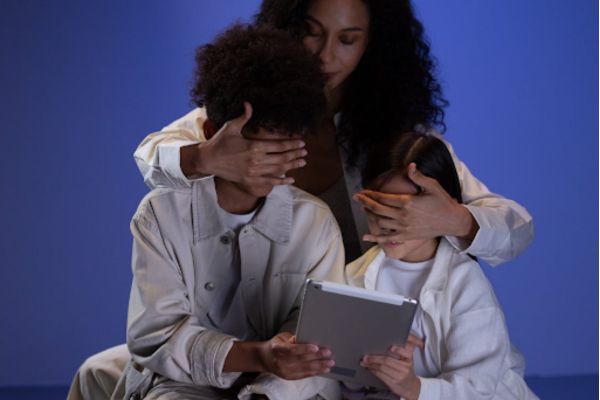
Here’s how you can make the most of these internet safeguards:
- Set parental controls to limit or prohibit your child’s access to certain websites and social media platforms.
- Occasionally monitor their online activity and communicate with your children about any concerns you may have.
- Finally, educate your children about how to be safe and responsible online.
By using these strategies, you can help avoid and fight online bullying. They also make the internet and social media platforms the safer and more positive environment you deserve.
